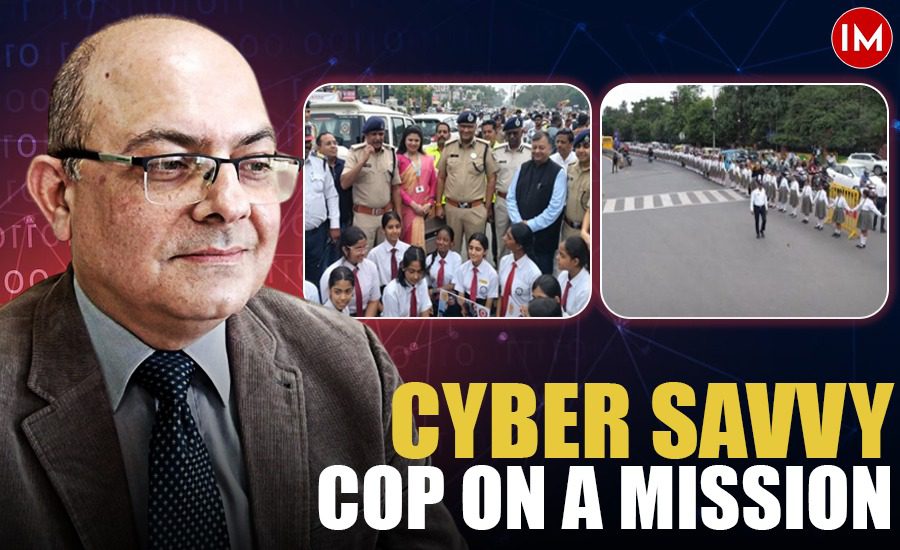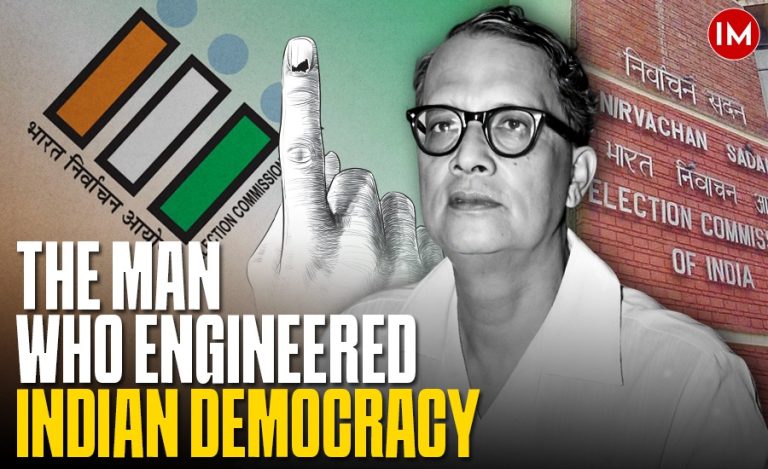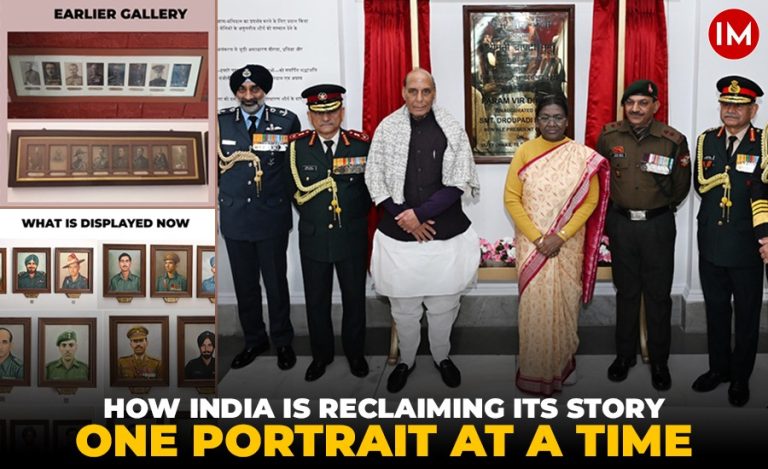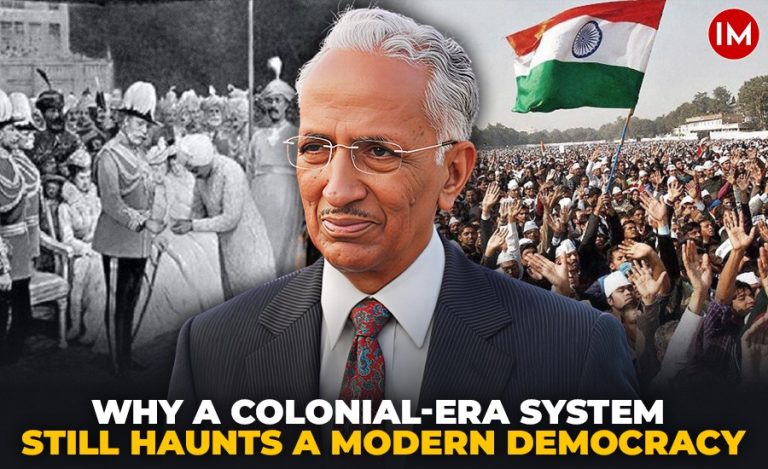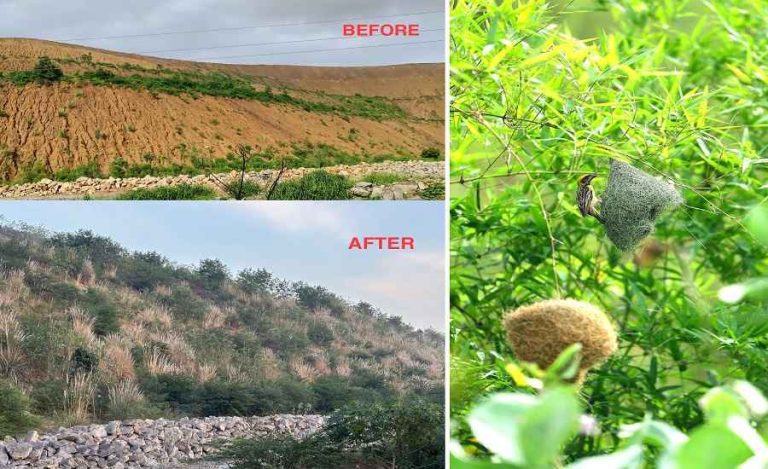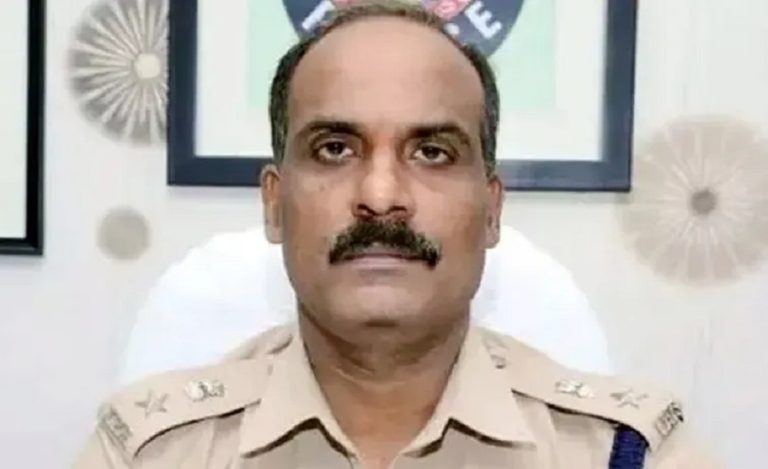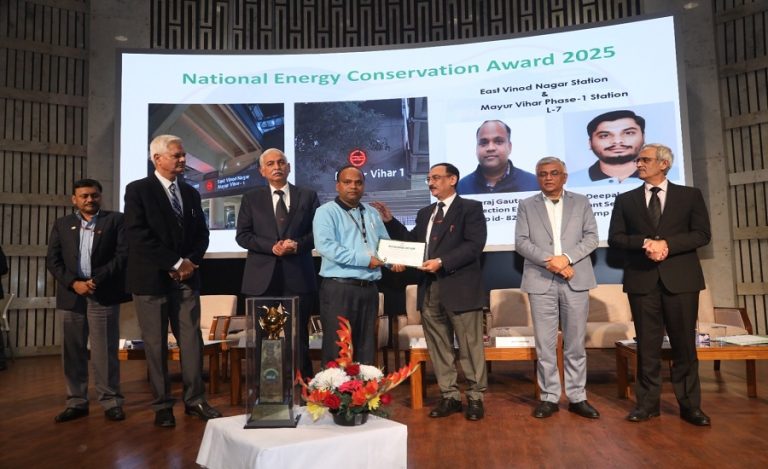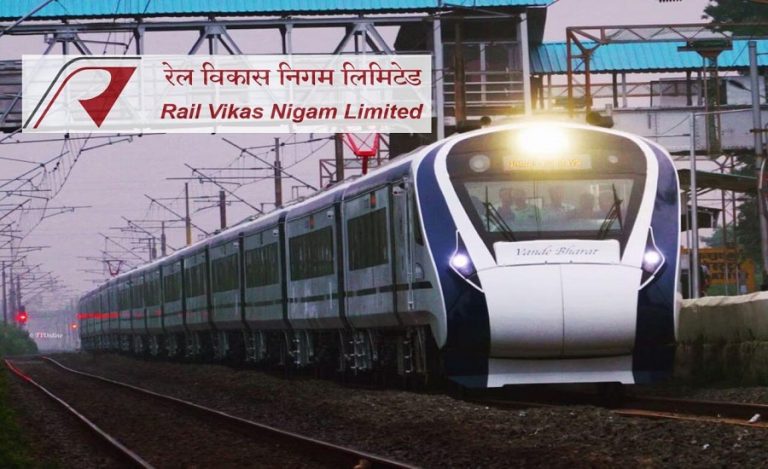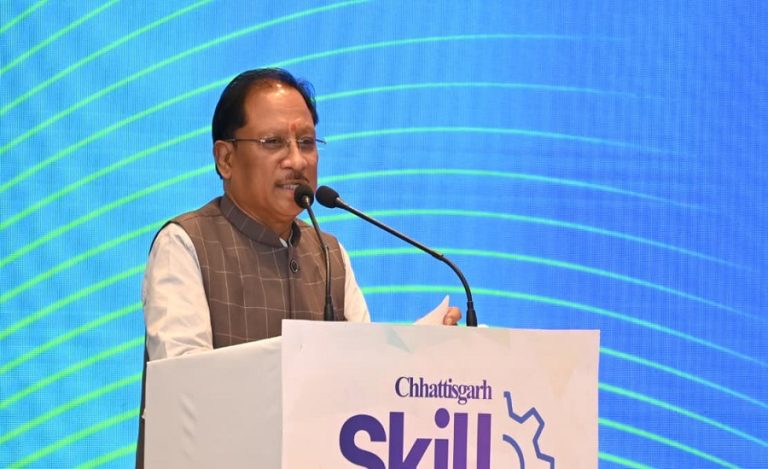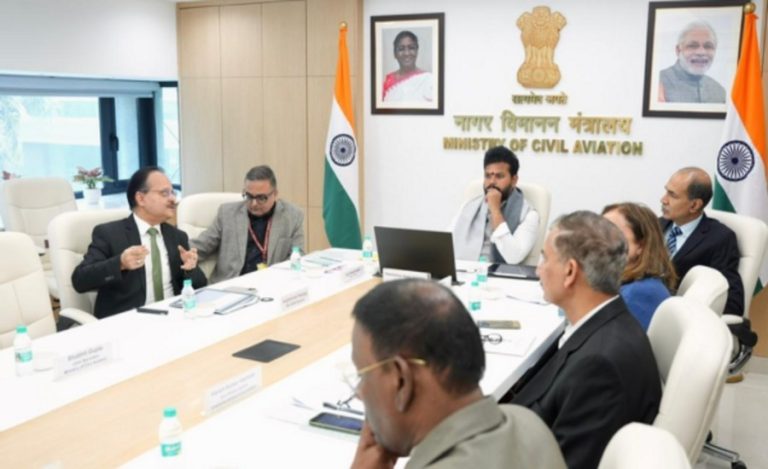On a regular morning in Madhya Pradesh, it might not be unusual to see a rally, a police patrol, or school children on a field trip. But between July 15 and July 30, something changed. Streets filled with human chains stretching across city blocks, sanitation vehicles turned into mobile message units, and teenagers clicking selfies at public squares, not for fun, but to say something loud and clear: Nashe Se Doori Hai Zaroori (Distance from drugs is essential).
At the heart of this stirring movement stood IPS Vineet Kapoor, Deputy Director of the Madhya Pradesh Police Academy, who worked behind the scenes to guide, strategise, and energise a campaign that brought over 2.2 million people directly into its fold.
It wasn’t just another awareness drive. It was a full-blown social movement, and the police led from the front. In an exclusive conversation with Indian Masterminds, the 1999 batch IPS officer shared details about the same.

THE CAMPAIGN THAT CHANGED THE MOOD OF A STATE
The idea took root when DGP Kailash Makwana envisioned a campaign that could touch every street, school, slum, and screen in Madhya Pradesh. The problem was massive: drug addiction was no longer hidden in shadows; it was becoming visible in schools, homes, and corners of marketplaces. But instead of looking away, the police looked closer.
From the beginning, IPS Vineet Kapoor believed this campaign needed to be more than slogans. It needed to listen, respond, and act, and it needed to make the police visible not just in uniform, but in spirit.
By July 4, 2025, meetings were held with multiple government departments, from Higher Education to Social Justice, from Health to Urban Development. The message was clear: the fight against drugs isn’t just a law enforcement issue; it’s a shared responsibility.
And shared it was.
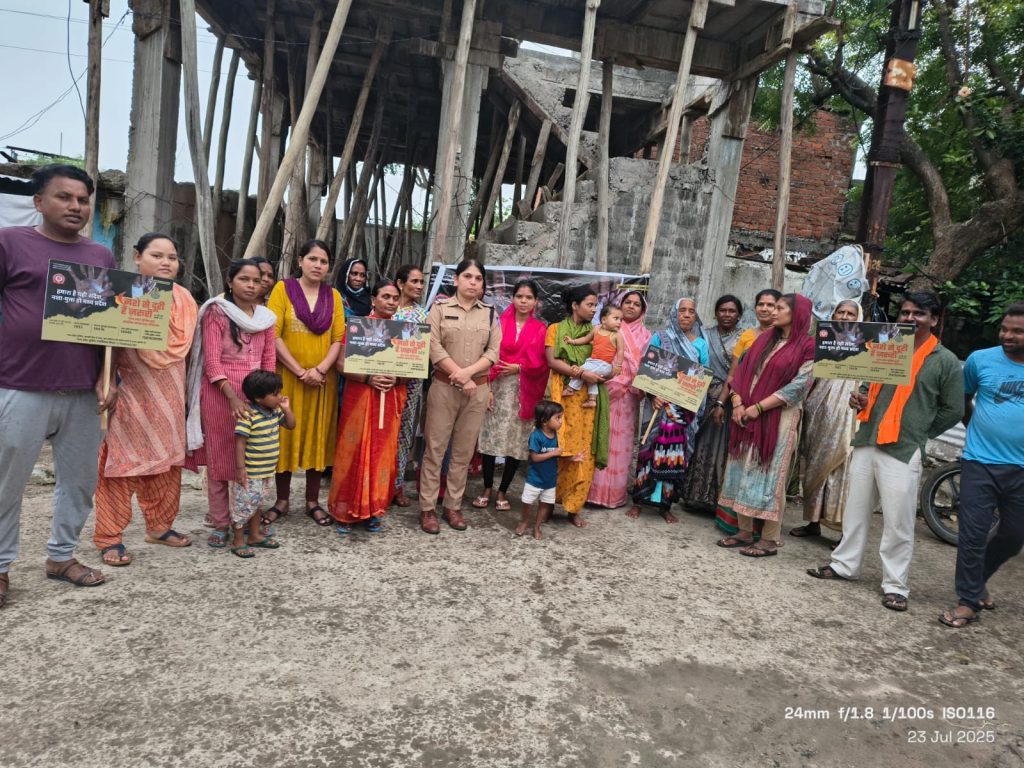
WHAT A STATE LOOKS LIKE WHEN IT RISES TOGETHER
The campaign kicked off officially on July 15, with a press conference that saw the DGP pinned with the badge “Nashe Se Doori Hai Zaroori“. It was more than a symbolic act; it was a commitment in public view.
What followed was a flurry of action across every district:
- Daily FM/radio broadcasts spoke about addiction’s dangers and healthier choices.
- Digital screens in buses and intersections played sharp, focused videos that couldn’t be ignored.
- Posters and banners turned government vehicles into mobile awareness campaigns.
- Street plays, rallies, pledge ceremonies, and public lectures rolled out day after day.
- Pamphlets filled newspapers, and local social media exploded, with over 7 crore views and hashtags like #SayNoToDrugs, #NashaSeDuriHaiJaruri, and #NashamuktMP.
Even municipal sanitation vehicles broadcasted anti-drug messages, reaching corners no other outreach could.
And perhaps most poignantly, selfie points were set up at every major event. These weren’t mere photo ops; they became digital megaphones for a movement that refused to stay quiet.
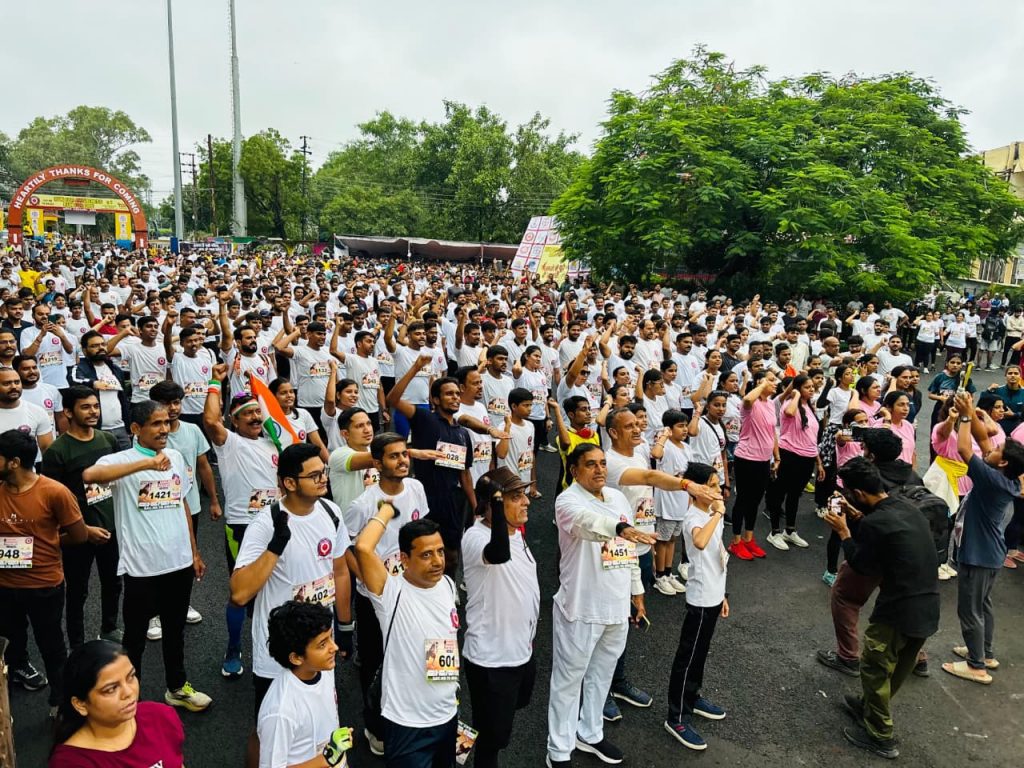
THE STREETS BECAME CLASSROOMS, THE POLICE BECAME PEOPLE’S VOICES
What made this campaign different was how deeply it reached — and how personally it was delivered. From Anganwadi workers to NCC cadets, coaches, factory workers, and even inmates in jails, the effort left no one untouched.
IPS Vineet Kapoor emphasised one thing to his team again and again: “Make it feel local. Make it feel real.”
And so, awareness programs weren’t just scripted events. They included–
- Debates and essay contests in schools,
- Motivational stories on social media from recovered addicts,
- Lectures by doctors, often followed by referrals to rehab centers,
- And powerful oath-taking ceremonies are conducted at bus stations, shopping malls, religious institutions, and even police station compounds.
Every event built a sense of urgency and ownership, not only among the public but also within the police force itself. Officers took pride not just in maintaining law and order, but in transforming public behaviour.
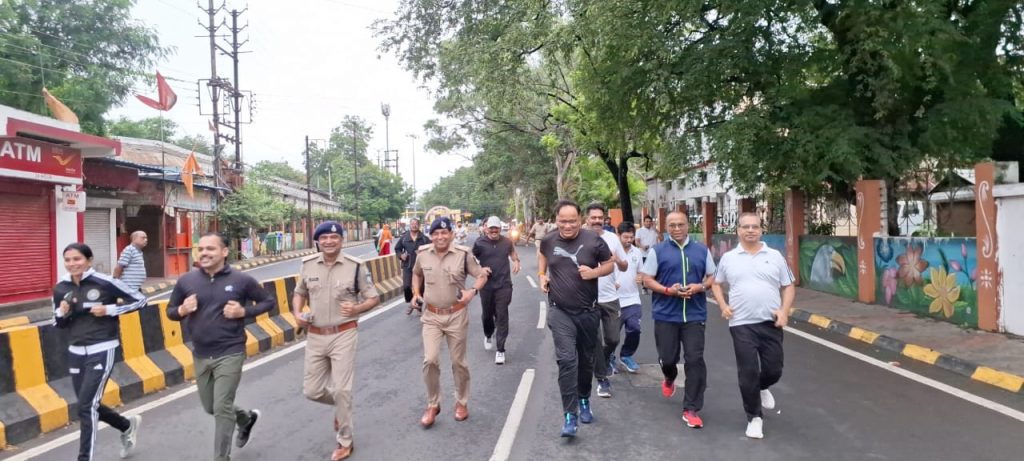
INDORE STEALS THE SPOTLIGHT, BUT THE SPIRIT WAS EVERYWHERE
If there was one place where the energy went from intense to historic, it was Indore. The city’s police Commissionerate pulled off three international world records, including the largest human chain ever created for an anti-drug message and the highest number of people taking a pledge in one day.
But the numbers across the state told the broader story:
- 61 districts involved
- 2,22,9470 people directly engaged
- Districts like Gwalior, Vidisha, Dhar, and Alirajpur each engaged over 70,000 people
- Even the smallest districts like Ujjain and Harda reached thousands
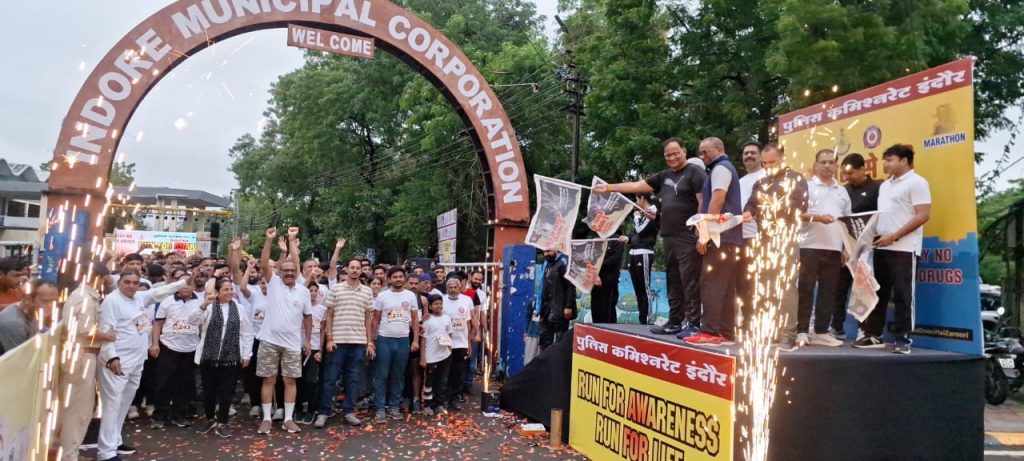
HOW IPS VINEET KAPOOR ENGINEERED A CULTURE OF CONNECTION
As Deputy Director of the MP Police Academy, Vineet Kapoor has long been an advocate of modern, humane policing. His role in this campaign was not just supervisory; he helped reshape training modules, mobilise district-level creativity, and above all, instill belief in officers that the people would listen if the police spoke from the heart.
He also ensured that this campaign was not about enforcement alone, but public consciousness. He reinforced that police officers should stand not above but among the people, speaking their language, understanding their fears, and amplifying their voices.

A MOVEMENT THAT MATTERED AND STILL DOES
The campaign ended on July 30, but it left behind more than statistics and photos. It redefined how the police in Madhya Pradesh are seen and how they see themselves.
It reminded citizens that the police are not distant. They are partners. They don’t just carry lathis. They carry messages. And most importantly, they care.
As Vineet Kapoor reflected at the close of the campaign, “We weren’t just fighting drugs. We were restoring trust.”
And for a society battling silent addictions, that trust is perhaps the strongest antidote.
This was not a campaign. It was a conversation. One that started with slogans, but ended in solidarity.

